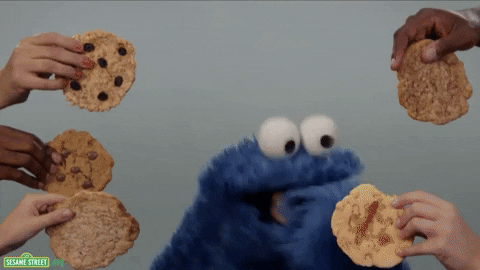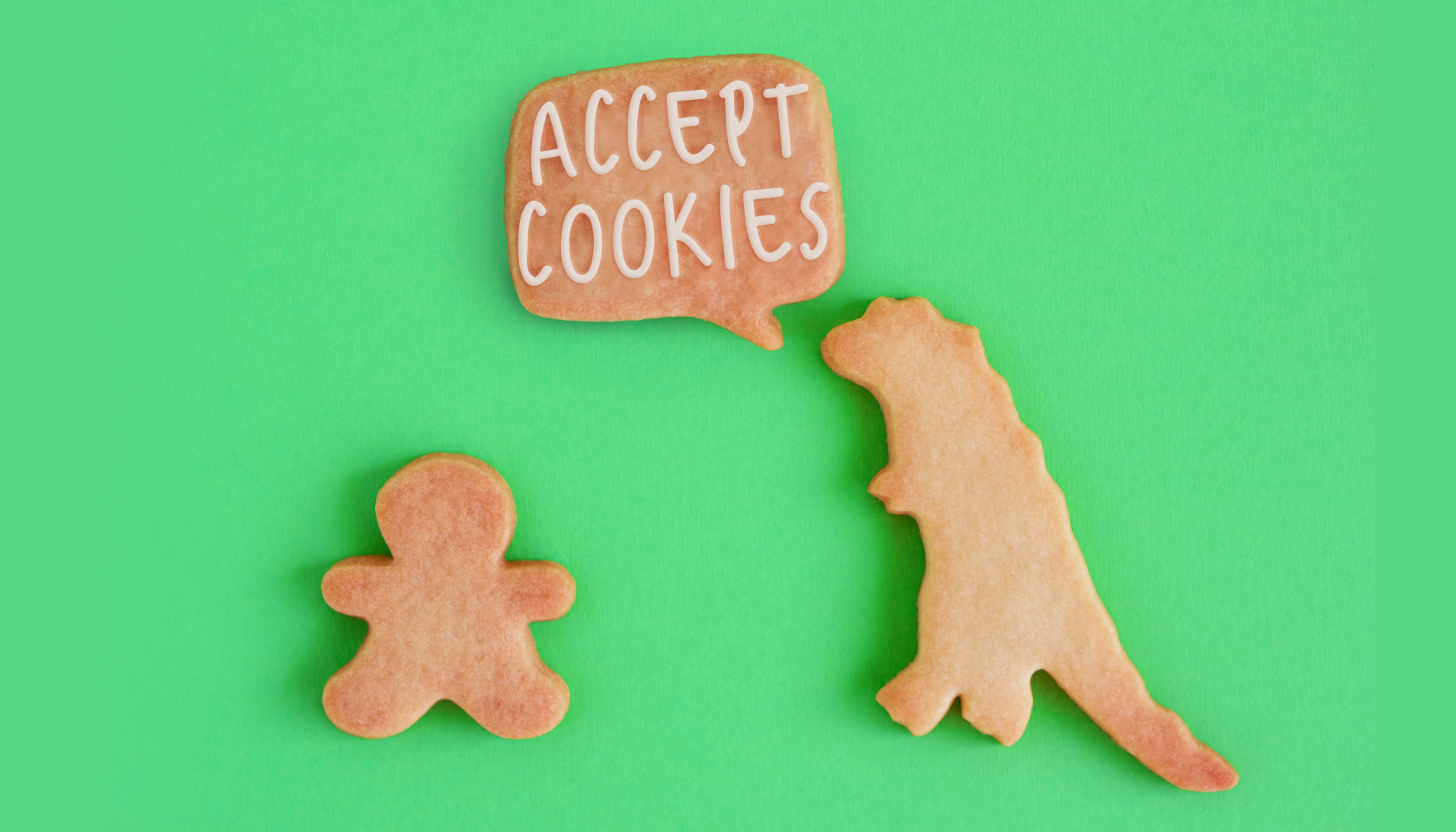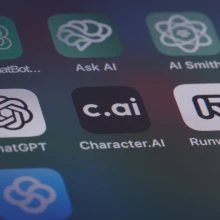The digital advertising industry has successfully weathered the covid-19 pandemic and its global revenue is expected to grow to $608.8 billion by 2026. But while a virus did not slow down digital advertising for long, could the disappearance of the third-party cookie potentially do more damage?
In this article, we'll discuss how the loss of the third-party cookie might impact marketing efforts. We'll also explore the alternatives available to brands to thrive in a cookieless era.

What are cookies & what makes them such a potent marketing recipe?
Let’s say you were looking to buy some sports equipment and you’re browsing the web to gather information. The next day, you open your browser and wherever you surf, you’re now inundated by wave after wave of sports equipment ads. Sound familiar? This slightly eerie experience flows from the third-party cookie.
What is a third-party cookie? It’s essentially a text file, a code, that’s placed in your browser by a domain other than the one you’re visiting, for a defined period of time. It functions as some sort of identifier that tracks your movements and collects data about you so that marketers can send you tailored advertisements based on your past behavior.
For a rather small string of text, the third-party cookie has had a far reaching impact. They take the guesswork out of marketing efforts by allowing users to be identified and (re) targeted with the right ads, in the right place, at the right time.
 Successful targeting is the backbone of any marketing campaign. After all, consumers aren’t the only ones who care about “getting the most bang for their buck”. Marketers aim for the highest possible return on investment and they need to be able to validate their ad spend.
Successful targeting is the backbone of any marketing campaign. After all, consumers aren’t the only ones who care about “getting the most bang for their buck”. Marketers aim for the highest possible return on investment and they need to be able to validate their ad spend.
Why must the cookie die?
As third-party cookies enable marketers to collect user information, concerns have arisen that these digital delicacies may be too privacy invasive. It’s been more than three years since GDPR (General Data Protection Regulation) was implemented by the European Union. However, to this day, headlines about privacy concerns and security scandals continue to flood the news networks and social media platforms.
In response to increasing regulatory restrictions (like the California Consumer Privacy Act or CCPA) and users demanding greater privacy, Google made the executive decision to phase out third-party cookies on the Chrome browser by 2023. Why is this significant? Google is not the first browser to kill the cookie, but Chrome is the largest web browser with nearly 70% market share.
This year, Apple followed suit by including a special feature in its iOS 14.5 software update for iPhone users. The feature, called App Tracking Transparency, requires any apps downloaded from the App Store to ask for user permission to track their online activities across third-party apps.
The new privacy features rolled out by these two tech giants will undoubtedly affect the marketing landscape. 41% of marketers expect their biggest challenge in a cookieless world will be the ability to track the right data and 44% believe they will need to increase ad spending by 5-25% to achieve the goals of 2021.
Having said that, the cookie slaughter does not intend to annihilate all types of cookies. As the third-party cookie falls, the first-party cookie will rise.
Bake your own cookies and eat them?
Let’s face it, third-party cookies did not always come in flawless batches anyway:
No guarantees of a sale.
Improved targeting is great but that doesn’t guarantee your prospects will actually convert or buy from you.
Third-party cookies are based on past behavior.
Cookies may give a good indication of where your prospects will go next, but these are hardly accurate predictions.
Increasingly restrictive privacy laws.
Due to privacy laws, users were already being presented with the power to accept or reject tracking cookies.
To provide a personalized experience, unifying data is essential.
Synchronizing large volumes of data is not always successful and if cookies are not correctly matched, your audience could be bombarded with ads that are irrelevant to them.


 The death of the third-party cookie need not be all doom and gloom for the digital advertising industry. Not all marketing efforts rely on third-party cookies and there are alternatives marketers can gradually begin to incorporate in their strategies. For one, not all cookies must die. As third-party cookies melt away, first-party data will become increasingly more important.
The death of the third-party cookie need not be all doom and gloom for the digital advertising industry. Not all marketing efforts rely on third-party cookies and there are alternatives marketers can gradually begin to incorporate in their strategies. For one, not all cookies must die. As third-party cookies melt away, first-party data will become increasingly more important. Going back to the example of searching for sports equipment. If you’re browsing websites that sell sports gear, you might see gym ads or ads for protein shakes. The benefit of contextual advertising is that it targets prospects with ads that are relevant to them and what they’re already interested in buying. As such, they’ll be more receptive to the ad. Furthermore, this technique doesn’t rely on first or third-party cookies so it’s privacy compliant.
Going back to the example of searching for sports equipment. If you’re browsing websites that sell sports gear, you might see gym ads or ads for protein shakes. The benefit of contextual advertising is that it targets prospects with ads that are relevant to them and what they’re already interested in buying. As such, they’ll be more receptive to the ad. Furthermore, this technique doesn’t rely on first or third-party cookies so it’s privacy compliant. After all, if you don’t know what your prospects are after because you can no longer track them with cookies, capturing their attention with original content will become crucial. Marketers will therefore need to infuse their marketing mix with some powerful creative juices.
After all, if you don’t know what your prospects are after because you can no longer track them with cookies, capturing their attention with original content will become crucial. Marketers will therefore need to infuse their marketing mix with some powerful creative juices. 


